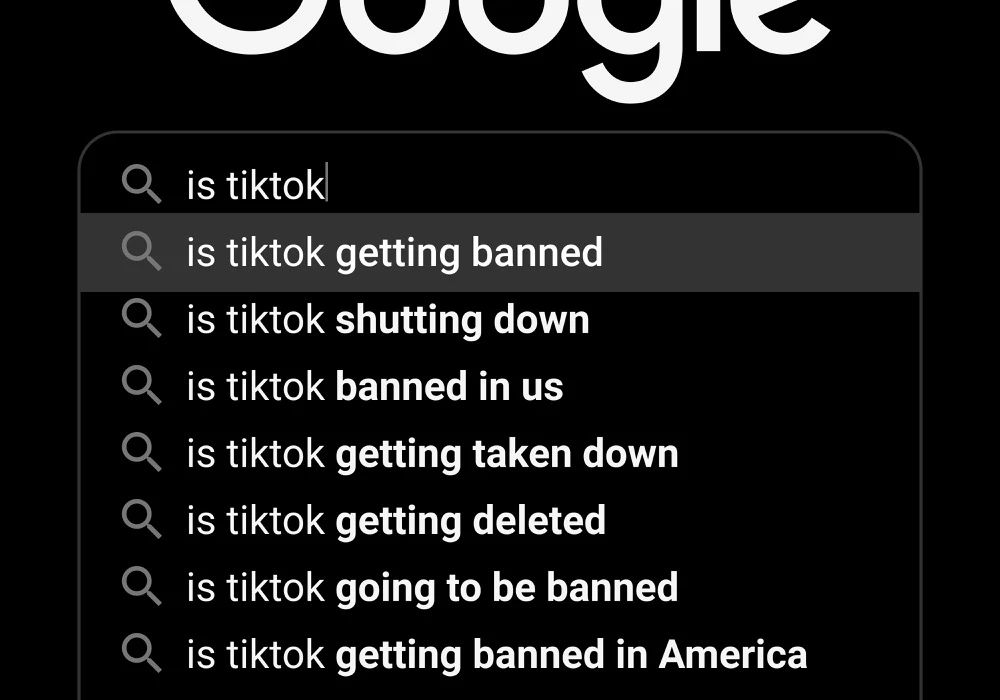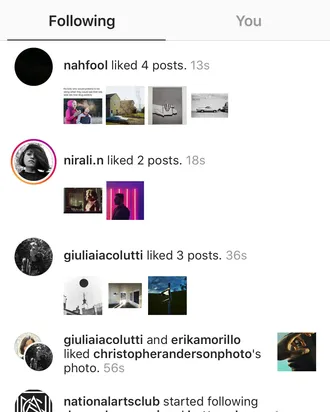
With talks of TikTok having to shut down in the US, I wanted to take a moment to reflect on the impact the app had on social media, and online media in general.
Two things came to mind:
- its anti-social algorithm (and how good it was)
- how it reshaped online media
an anti-social algorithm
What stood out to me about TikTok was how on point it was at tailoring content to the user.
It often felt that the algorithm was reading my mind, this is in stark contrast to the way other social media platforms like Instagram or Facebook were at the time.
In the early days of social media, the focus was on your social circle, and recommendation algorithms were mostly based on social signals.
On Instagram for example, your friends used to have access to a feed where they could see what you’ve been interacting with on the app, and Instagram would then use these social signals to tailor your algorithm.

While this was great as a social experience, it also added a potential stigma to interacting with something outside your social norms. Hence, it never really gave insight into your inner desires.
TikTok on the other hand was anti-social and focused on the user’s desires. It measured the most minute reactions to each post (how long you watched, whether you rewatched, or if you hesitated before swiping). These subtle cues spoke more to how you a user felt about a post.
Of course, it’s only possible to iterate on these precise preferences if you have an extensive range of content to provide your users with.
Luckily for them, TikTok had an abundance of posts. Creators publish posts to the world by default, and consumers are encouraged to view recommended posts rather than who they’re following thanks to the ‘for you’ feed.
It’s easy to see why the algorithm worked so well. This shift in approach to a social media app meant that its engagement was unlike anything we’ve seen and caused ripples throughout the industry causing all the giants to follow suit and shift their algorithm.
At the same time, these shifts also made TikTok and the new age of social media, a lot more anti-social.
reshaping media
From another angle, TikTok reshaped what online media is, putting it back into the user’s hands.
In traditional media, you’re often subject to the artist’s vision and what they want you to see.
This is the basis for most creative content such as films, books (minus ‘choose your adventure’), paintings, or games.
We’re usually forced to conform to the creator’s creative idea and expression.
You have to sit down and read the book, or complete the movie and hope that by the time you took in the full vision of the artist, it was worthwhile.
TikTok on the other hand empowered users immediately to grasp and dismiss content that doesn’t resonate.
Its algorithm was ruthless in promoting strong hooks, the press-and-hold allowed users to watch at 2x speed up to help users “get to the meat”, and of course the simple swipe-up allowed users to dismiss what they weren’t interested in easily.
This created a powerful feedback loop with a rapid understanding and granting of a user’s desires.
It’s interesting to note, however, that often when we seek a creative experience the reward comes from being challenged to understand someone else’s vision.
In art school, students are often assigned “slow-looking” exercises, where they spend hours staring at and contemplating a single painting to appreciate fully its depth and nuances.

Maybe this is why we generally find TikTok less fulfilling as an artistic experience. You never get longer than a few seconds to appreciate the artist’s vision.
It’s also why some may view the app as exploitative to human nature, and it makes you then wonder, what do we gain from this app?